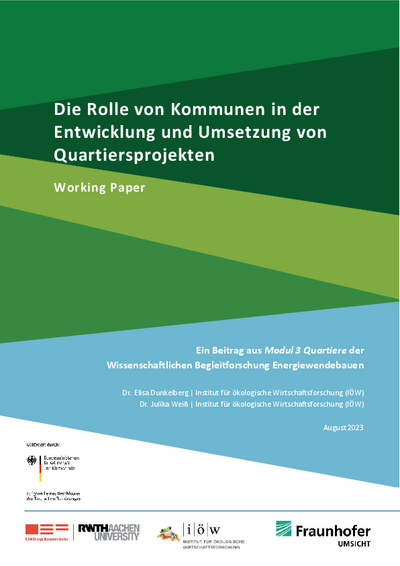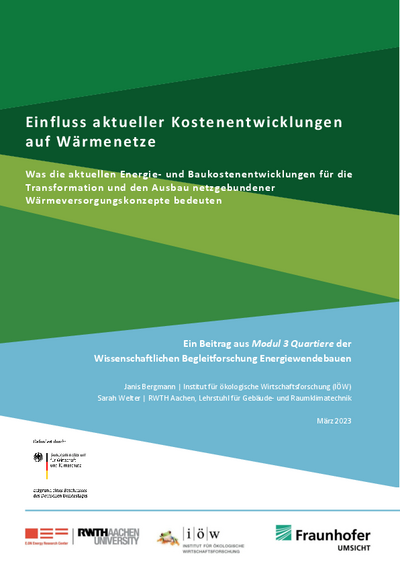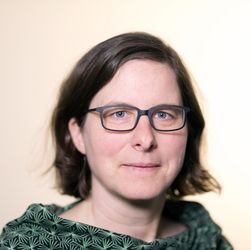Accompanying Scientific Research for Energiewendebauen Research Initiative – Districts module
Neighborhood energy concepts can enable new paths for higher energy efficiency and renewable energies at the local level by taking an integrated view of energy generation, consumption and decentralized infrastructure. For example, multi-building solutions for heat supply can be developed on site, or locally generated solar power can be jointly stored. Cross-sector concepts can also be implemented at the neighborhood level to optimize the interaction between the electricity, heating and mobility sectors.
In this way, neighborhood concepts make an important contribution to a participation-oriented transformation of the local energy system. The 'Energiewendebauen' funding priority of the German Federal Ministry for Economic Affairs and Energy includes a large number of projects and real laboratories that design, develop, test and research innovative energy concepts at the neighborhood level.
The scientific accompanying research ‘Energiewendebauen’ aims to evaluate the results of the research and demonstration projects and to conduct in-depth scientific studies that are relevant for the implementation of the energy transition and the design of future funding programs. The aim of the accompanying research in the neighborhoods module is to evaluate the experiences and results from the projects and real laboratories in the area of neighborhoods in a superordinate manner and to disseminate them in a manner appropriate to the target group. The intention is to promote the implementation of innovative neighborhood projects and to support the public sector in the orientation of its research programs.
The IÖW is working on two focal points in the project: On the one hand, barriers and success factors for neighborhood projects are investigated and successful approaches and business models identified. Municipalities play an important role in this. On the other hand, the project is examining the economic consequences of innovative neighborhood solutions. The aim is to differentiate between distribution effects, for example between tenants and landlords or operators and users, and regional economic effects. The work should contribute to a better acceptance and feasibility of climate-neutral neighborhood solutions.
IÖW Project Team
- Janis Bergmann
- Dr. Elisa Dunkelberg
- Dr. Steven Salecki
- Sarah Wutz





